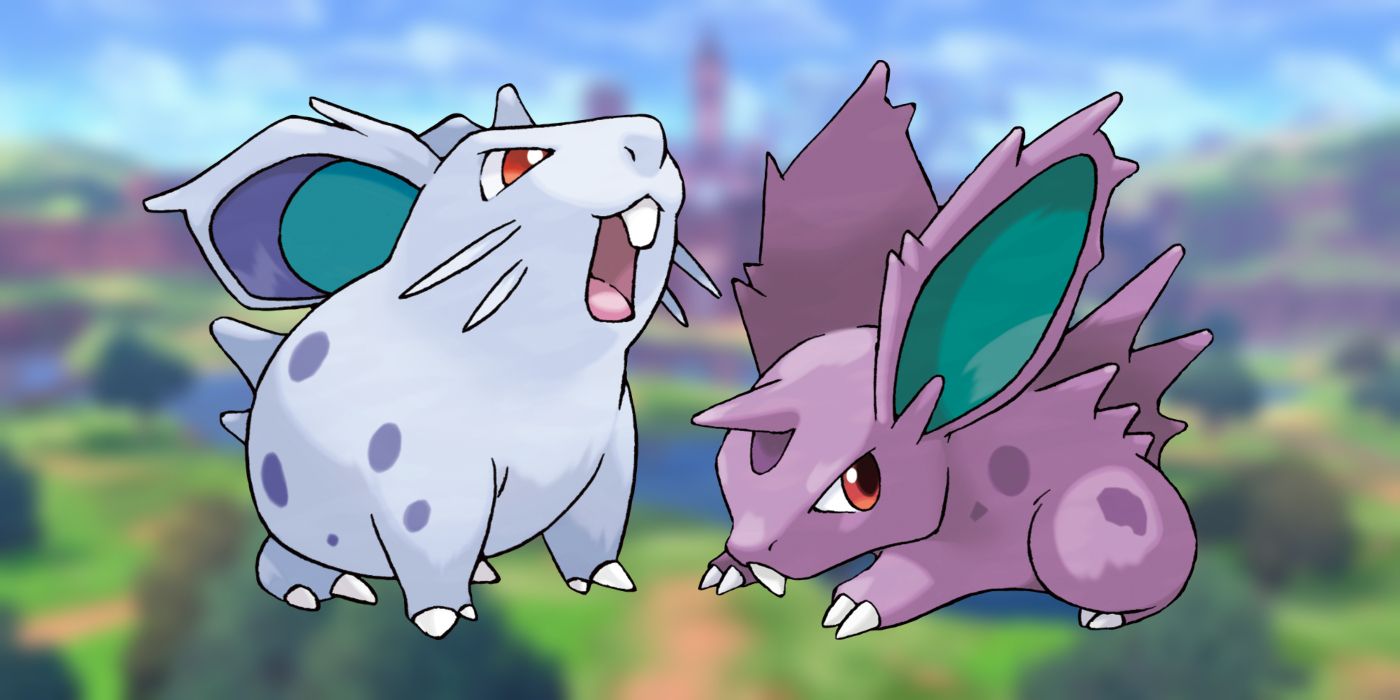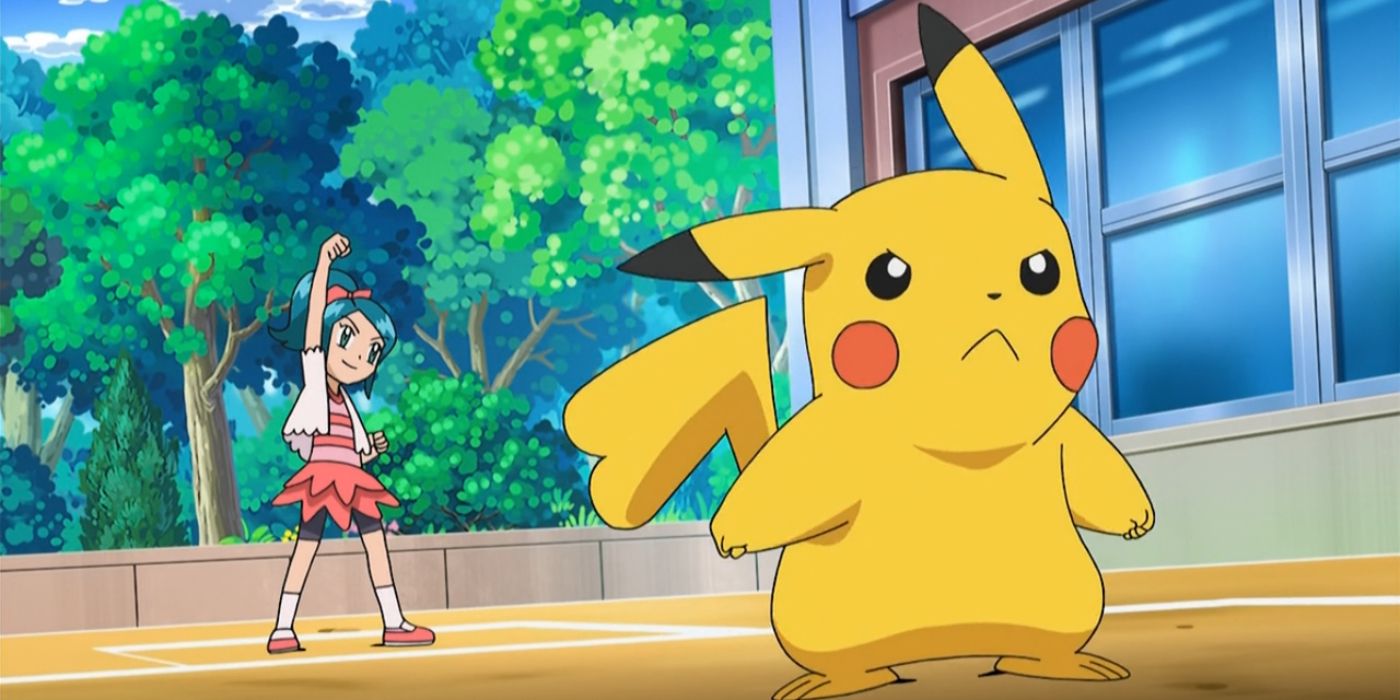
Adding further variety to the already diverse lineup of Pokémon designs are those with alternate appearances based on what the games call "gender." Game Freak's decision to categorize Pokémon's fictional animals by gender may seem odd, as English translations misuse the word, but there are several reasons for the feature's inclusion.
Introduced in Generation 2, Pokémon's "gender" mechanic divides its creatures into male, female, and genderless categories. The idea appears to have its origins in Generation 1, however, where Nidoran♂ and Nidoran♀ were the first Pokémon pair to be distinguished by sex. Generation 2 incorporated Pokémon sexes into single species rather than separate creatures, establishing the mechanic for the rest of the series.
While English translations list it as "gender," the more accurate term is sex. Sex refers to anatomical and biological categories, whereas gender is the cultural norms assigned to a sex within a given society. Since they don't have societies as humans understand them, animals - and therefore Pokémon - don't have genders. Japanese-language Pokémon material calls the distinction "seibetsu," which is closer to "sex" in English. Localization teams likely changed the term to gender, thinking the two were interchangeable, in order to avoid possible accusations of inappropriate content, since sexual intercourse and biological sex are referred to with the same word in English.

Rather than gender, separating Pokémon by sex has an obvious practical application in giving trainers the ability to breed them. Since Gold and Silver, breeding has become a core part of the Pokémon community - particularly when it comes to competitive battles. Breeding allows players to tailor their team members into the perfect dueling machines, with hidden stats and abilities to make the most of their movesets. The system likely wouldn't exist with the level of depth it currently has if not for different-sexed Pokémon, as certain traits are passed down based on the sex of the parent. Additionally, the differentiation adds a certain amount of immersive realism to breeding, and visual differences between Pokémon sexes also find their origins in the real world.
While animals don't express gender in the way humans do, many have inherent differences in appearance based on sex. Take, for example, peacocks: males have large, distinctive plumage, while females' feathers are less flashy. This phenomenon is called sexual dimorphism, and it appears to be the inspiration for Pokémon's "gender"-based appearance distinctions. In Pokémon, many of these differences are quite subtle, like female Pokémon with smaller teeth or larger spots. Some are much more obvious, though, like the blue and pink Jellicent or the masked male Unfezant, and are even inspired by certain human cultures' gender norms, like female Pickachu's heart-shaped tail and female Wobbuffet's lipstick.
Some Pokémon even evolve into different forms based on their sex, such as Snorunt, which can become Glalie if male and Froslass if female. This, too, is based on real-world animals, as creatures like the bagworm moth take different forms based on sex. The moth only fully matures if male, and this is reflected in the Pokémon Burmy, which becomes Mothim if male and Wormadam if female.
from ScreenRant - Feed https://ift.tt/32Y6C8q






0 Comments
Please don't use vulgar comments and avoid discussion on Religious matters